The Ultimate Guide to Saree Draping: Styles and Step-by-Step Instructions

The traditional Indian saree is an elegant piece of clothing that has been worn for centuries and is still popular today. It is a versatile garment that can be styled in numerous ways to suit different occasions, body types, and personal preferences. In this blog, we will explore different saree draping styles and provide step-by-step instructions on how to achieve each look. Whether you are a seasoned saree wearer or a beginner, this guide is sure to enhance your saree-wearing experience and give you the confidence to experiment with new styles.
Iyengar Brahmin Saree
Here is a concise step by step guide on how to drape the Iyengar Brahmin Saree of Central Tamil Nadu:
- Double knot the saree at the right waist with the inner end in front.
- Fold the inner end in half and tuck the edge in at the center front waist.
- Make three small pleats with the outer end and tuck it in at the center front waist, left waist, and back waist.
- Wrap the outer end around the waist anticlockwise and tuck it in at the left waist.
- Tuck the remaining outer end between the legs and at the center back waist.
- Make three small pleats with the outer end and tuck it in at the right waist and center front waist.
- Drape the pallu from front to back over the left shoulder and tuck it in at the right waist.
- Bring the pallu from back to front and fold it lengthwise, tucking it in at the left waist.
Working Style Saree:
Here is a concise step by step guide on how to drape the Working Style Saree:
- Make six pleats with the inner end and hold them at the center back waist.
- Wrap the outer end anticlockwise under the pleats and double knot it at the right waist.
- Drape the pallu over the left shoulder and tuck the front portion in at the center back waist.
- Bring the right edge of the pallu from back to front and tuck it in at the left waist.
Madisar Saree
Here is a concise summary of the Madisar Saree worn by Iyers and Iyengars:
- The Iyers drape the Pallu over the right shoulder while the Iyengars drape it over the left shoulder.
- The first Madisar that a woman wears is traditionally maroon or red, but now it can be worn in other colors as well.
- Madisars are available in different materials such as silk, cotton, cotton-silk blends, polyester-cotton blends, etc.
- A version of the Madisar can also be tied using the 6-yard sari, which is easier and more convenient to wear.
Saurashtra Saree
Here is a concise step by step guide on how to drape the Saurashtra Saree of Tamil Nadu:
- Leave an arm's length of fabric and make six pleats with the outer end, tucking it in at the center front waist.
- Wrap the remaining outer end anticlockwise and drape it from front to back over the left shoulder.
- Take the inner end between the legs and pleat it, tucking it in at the center back waist.
- Adjust the draping as needed.
Tondaimandalam Peasant Women's Saree
Here is a summary of the Tondaimandalam Peasant Women's Saree Drape of North-East Tamil Nadu:
- This drape starts like a Nivi Saree but ends with a Mundanai Tamil Sari.
- It requires an eight-yard sari, preferably made of Kanchi cotton (plain body with thin brocaded, contrasting borders) or silk cloth with similar patterns.
- The sari should be worn without a choli or petticoat.
- This sari drape is found in the Tondaimandalam region of North-East Tamil Nadu, which is located between Andhra Pradesh and ancient Tamil kingdoms.
Karaikkudi saree
The Karaikkudi region of Tamil Nadu is known for its high-quality cotton sarees. Women of the Nadukottai Chettiyar community wear these sarees draped with a kosu on the left hip. Sarees have been traditional attire for women in India for centuries and come in many variations of draping styles based on region and occasion. The Kandanghi saree from Chettinad is made of pure cotton and was traditionally narrow (91cm) with madder, golden yellow, deep green, and black colors and narrow borders intermixed with ground color. The broad borders were woven in contrasting color using three-shuttle technique. The production of these sarees involves using frame loom or pit loom and involves processing raw cotton into yarn and tie-dyeing the warp to achieve variations in pattern. Nowadays, these sarees are woven to the standard width of 120 cm.
Langavoni
In Southern India, the traditional wear that distinguishes a girl before her marriage is the Langa davani or Pattu Pavadai or Pavadi Dhavani or Langavoni. One type of Lehenga is generally worn by all-teen girls kids and has reached the early years of their adolescence. Pavadai Dhavani is a dress that girls wear typically until they get married, symbolizing their singlehood. It is a three-piece attire consisting of a Top and a Lehenga(skirt) and a voni, oni, or davani, a fabric usually 2 to 2.5 metres (6 ft 7 in to 8 ft 2 in) in length. The voni is wrapped diagonally over choli or blouse (a tight-fitting crop top, the same as that worn with a sari). It is generally made of silk and glorifies the look of South Indian girls. In all four states of south India, this traditional attire has various names. It is Langa Davani in Karnataka, Langavoni in Andhra Pradesh. Pattu Pavadai in Tamil Nadu.
Bharatnatyam dance drape
the Bharatnatyam dance drape is a traditional saree draping style from northern and central Tamil Nadu. This style is characterized by its pleats, which are held together in a pouch. Here is a step-by-step guide on how to drape a saree in this style:
- Double knot the saree at your right waist with the inner end in front.
- Create around 20 pleats with the outer end.
- Bring the Pallu (the end of the saree) back to the front over your left shoulder.
- Roll the pleats into a pouch using the inner portion of the saree.
- Bring the center pleat between your legs and pleat it three times. Adjust the length and tuck it in at the center of your back waist.
- Drape the Pallu back to the front over your left shoulder.
This style of saree draping requires precision and patience, but with practice, you will be able to achieve a beautiful, traditional look for Bharatnatyam dance performances.
Mermaid style saree
The Mermaid style saree draping is a popular and stylish way to wear a saree. It can be worn with the Pallu at the back or brought to the front. Here is a step-by-step guide on how to drape a saree in the Mermaid style:
- Start by tucking one end of the saree into the in-skirt and wrap it once around your waist.
- Make sure the saree length falls just an inch short of the floor.
- Pick the other end of the saree and make pallu pleats.
- Hold the pleats from the back and bring them to the front, draping it over your right shoulder.
- Let the Pallu hang such that it falls 4 inches short of the floor.
- Tuck any untidy portion of the saree into the in-skirt.
- Hold the inside corner of the Pallu and bring it to the front from around the back.
- Pin the Pallu corner on the in-skirt a few inches below the waist, beneath the Pallu.
With these simple steps, you can easily achieve the Mermaid style saree draping
Aiyer Brahmin drape
The Aiyer Brahmin drape is a traditional and elegant way of wearing a nine-yard saree, popular among the Aiyer Brahmins in central Tamil Nadu. Here is a step-by-step guide to draping a saree in the Aiyer Brahmin style:
- Start by making 12 pleats with the inner end of the saree and holding it at the centre back waist.
- Wrap the inner end clockwise around your body and double knot it at the centre front waist.
- Fold an arm's length of the outer end and make three pleats, tucking them into the right waist.
- Make three pleats with the left edge of the saree and tuck them into the left waist.
- Bring the outer end between your legs and tuck it into the centre back waist.
- Drape the outer end clockwise around your body and tuck it into your waist.
- Drape the Pallu from front to back over your right shoulder, adjusting it accordingly.
With these easy steps, you can achieve the classic and sophisticated Aiyer Brahmin saree drape.
In conclusion, the saree is a timeless piece of clothing that can be styled in a variety of ways to suit different preferences and occasions. By mastering different saree draping styles, you can elevate your saree-wearing experience and add a touch of elegance to any occasion. Whether you prefer a classic, traditional look or a modern, trendy style, there is a saree draping style out there for you. So go ahead, experiment with different styles, and embrace the beauty of the Indian saree!



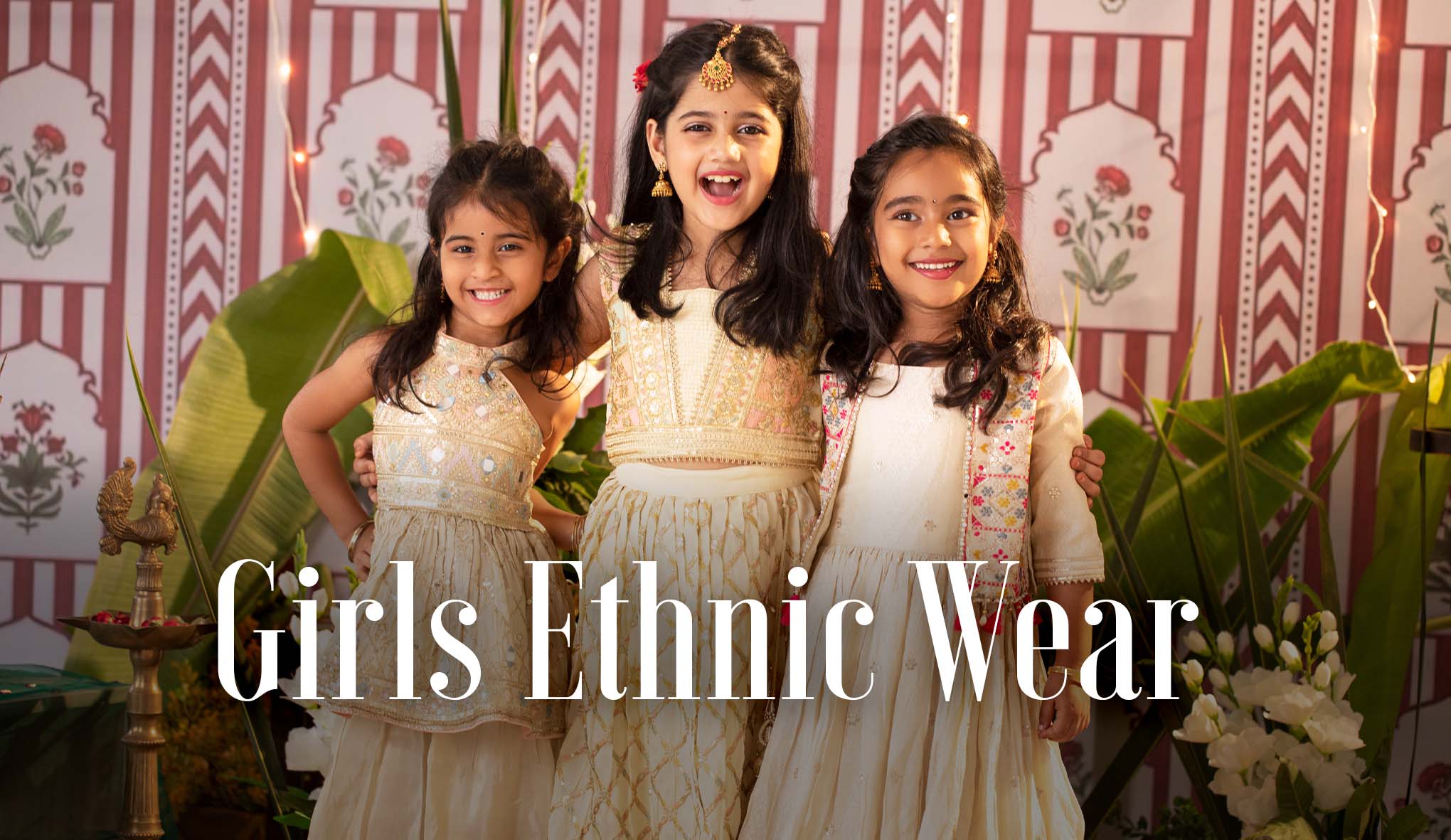
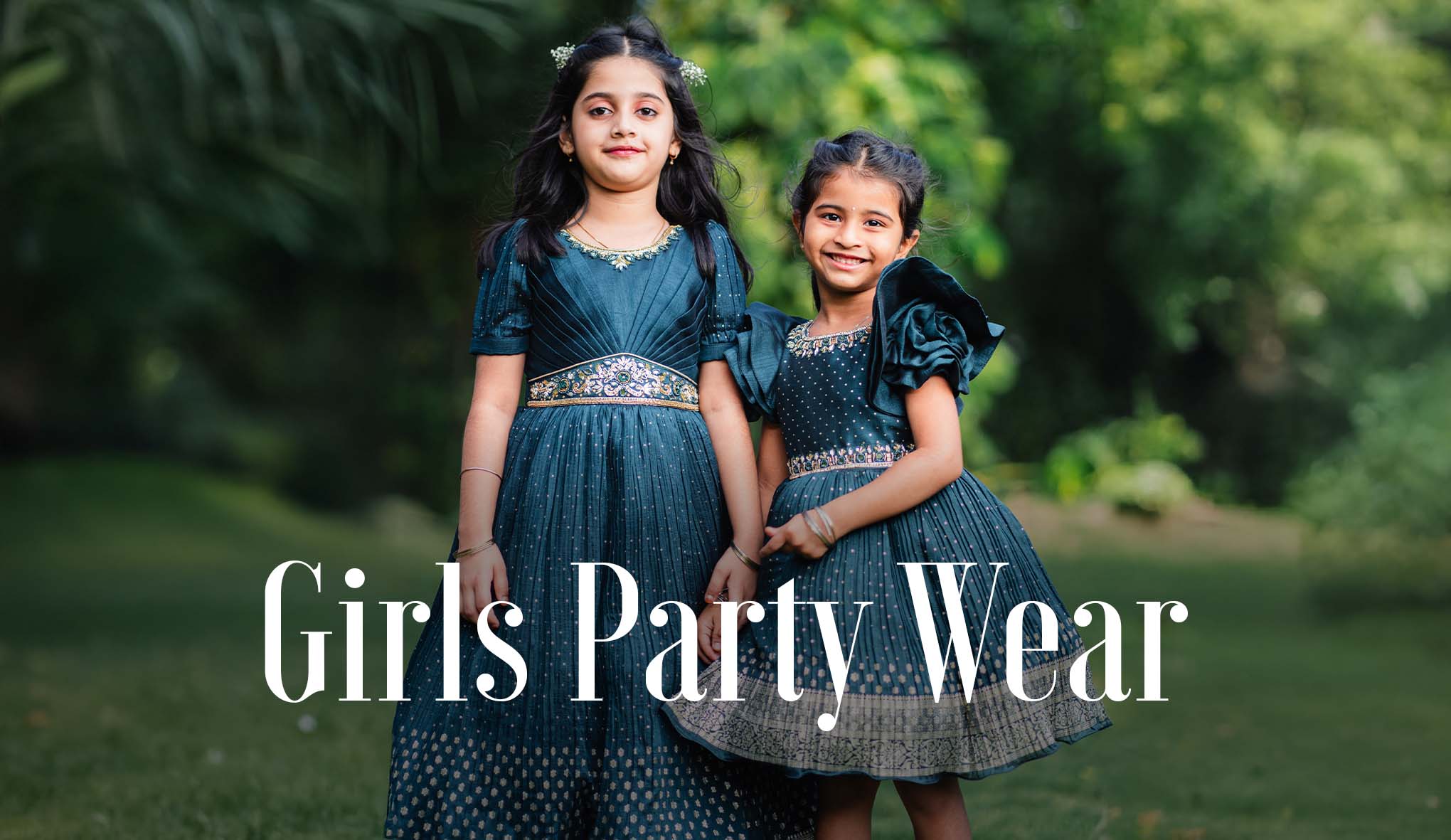





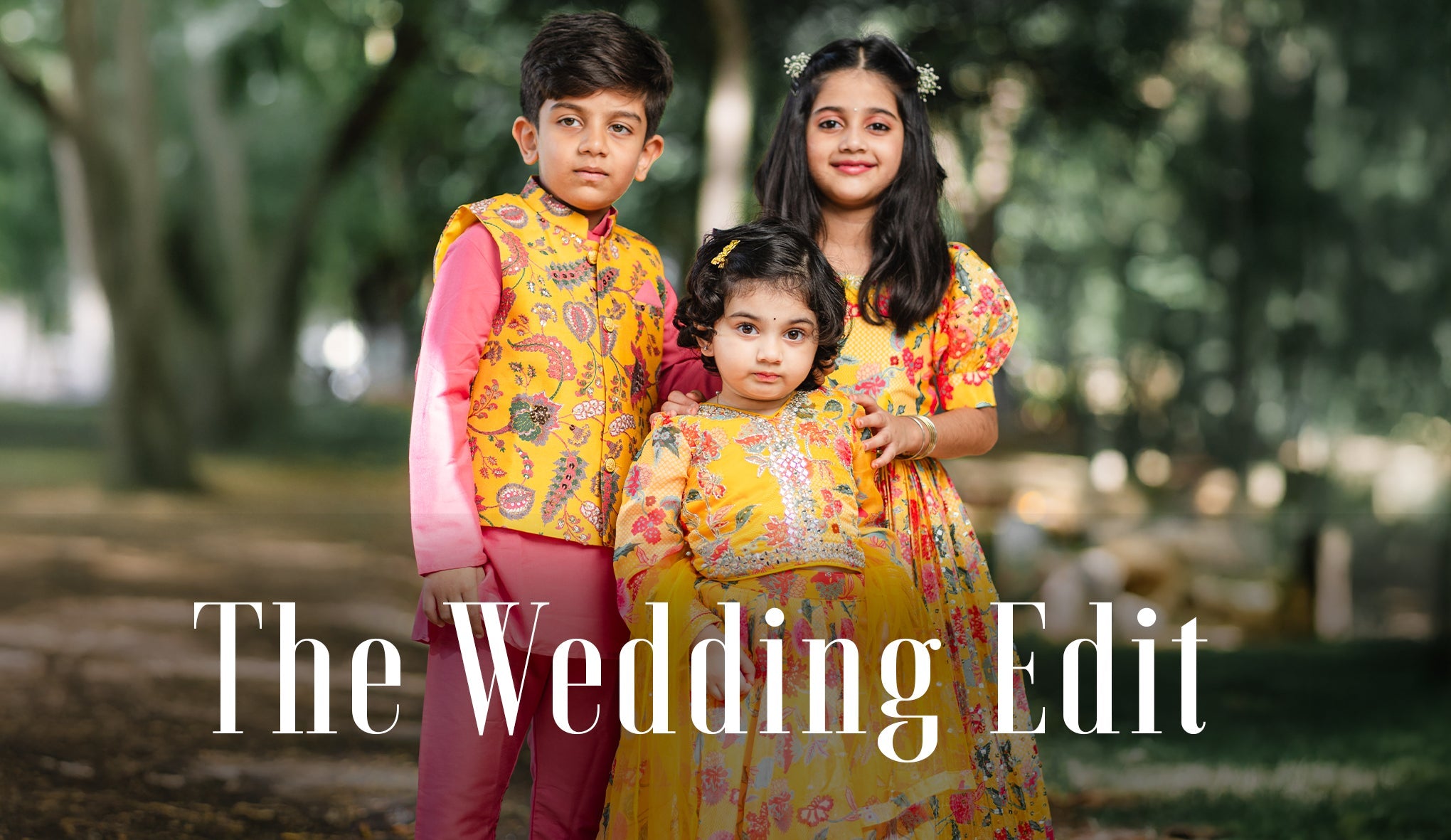

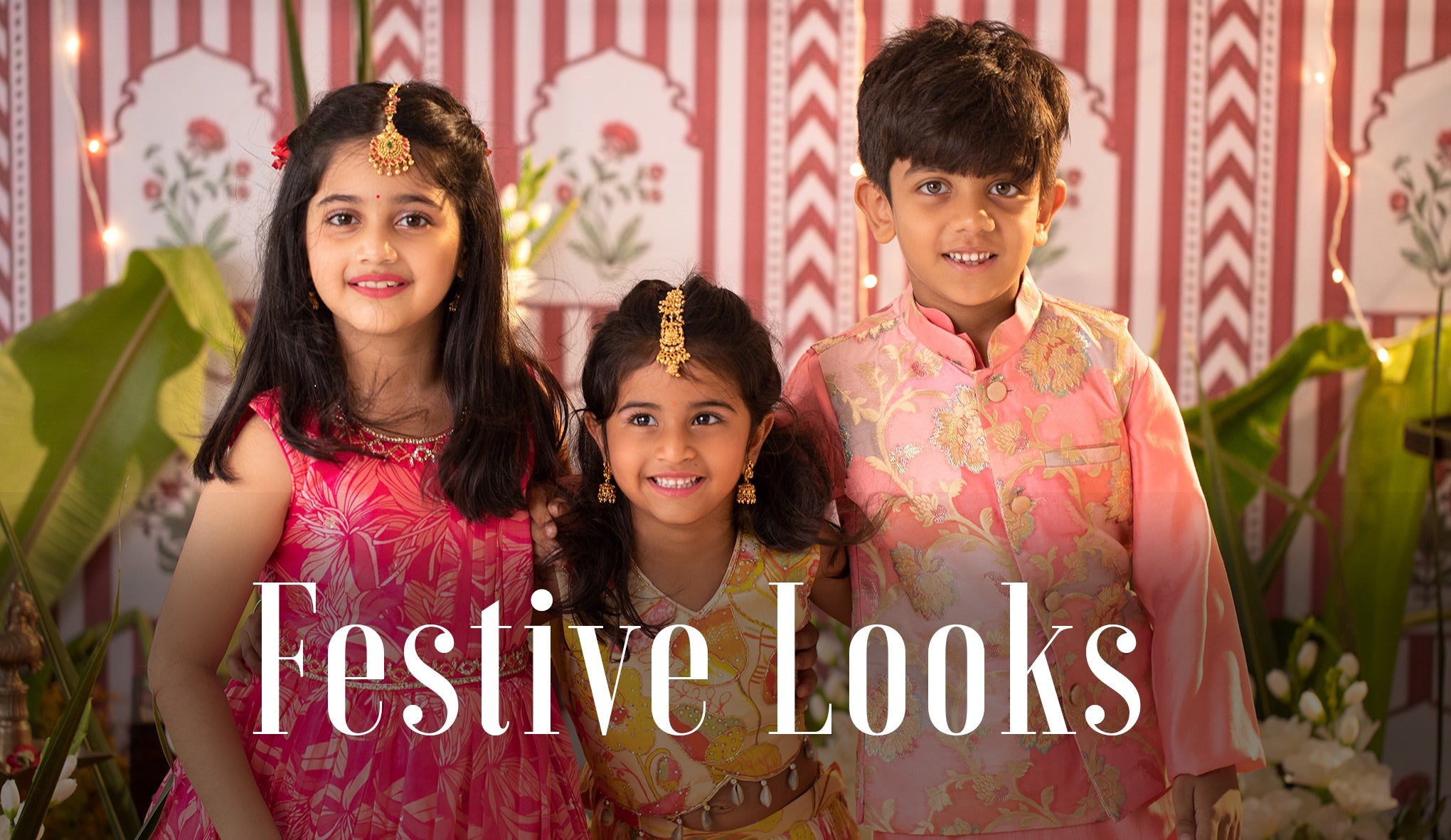
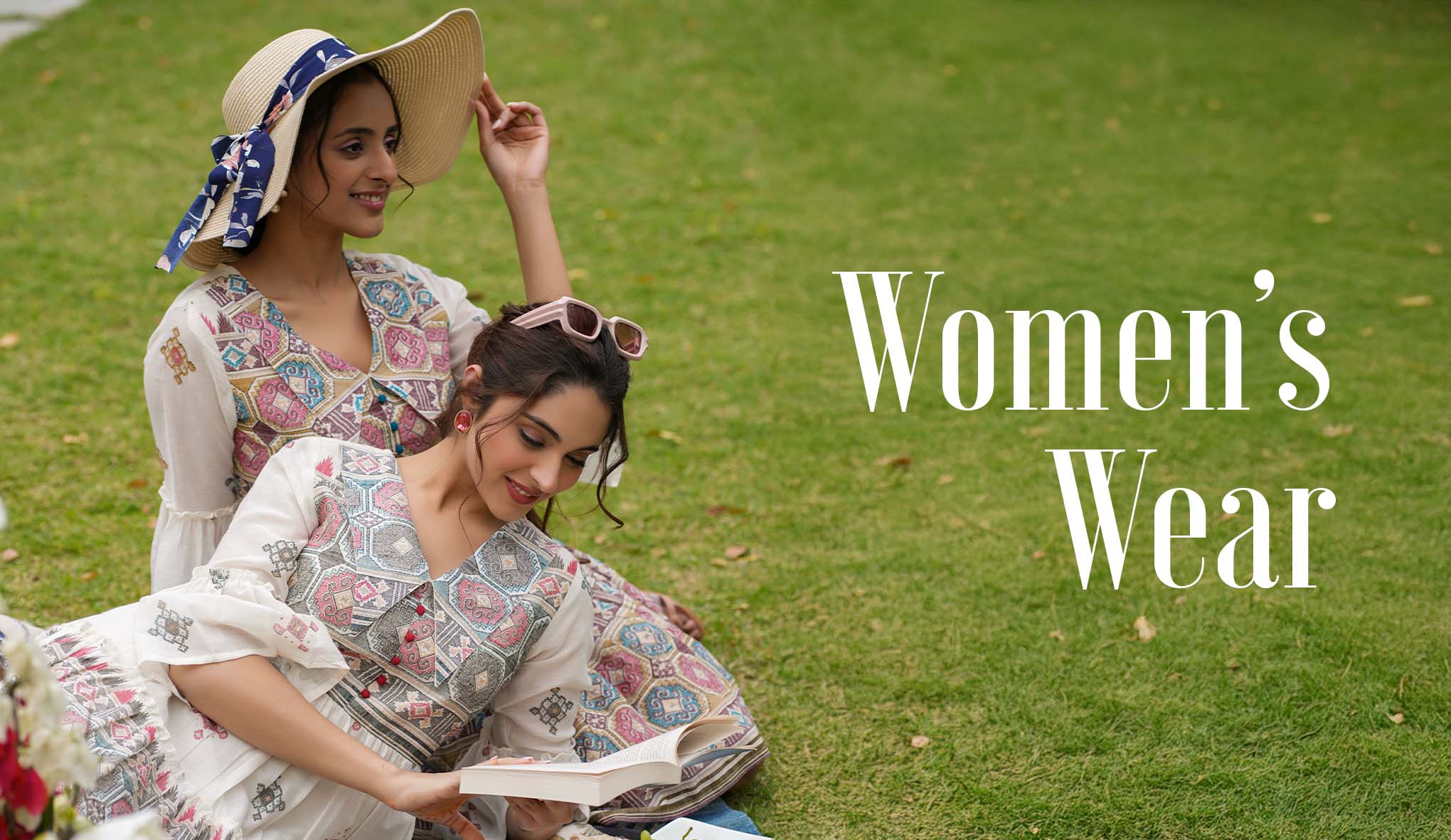
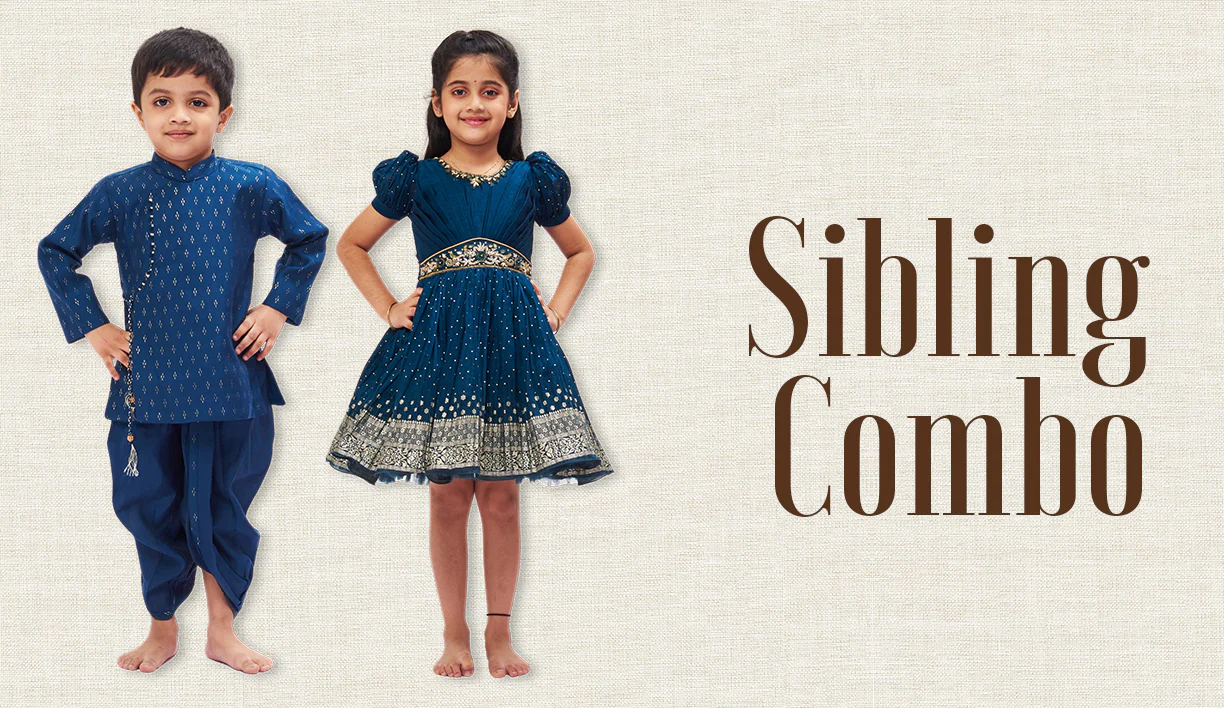








Leave a comment